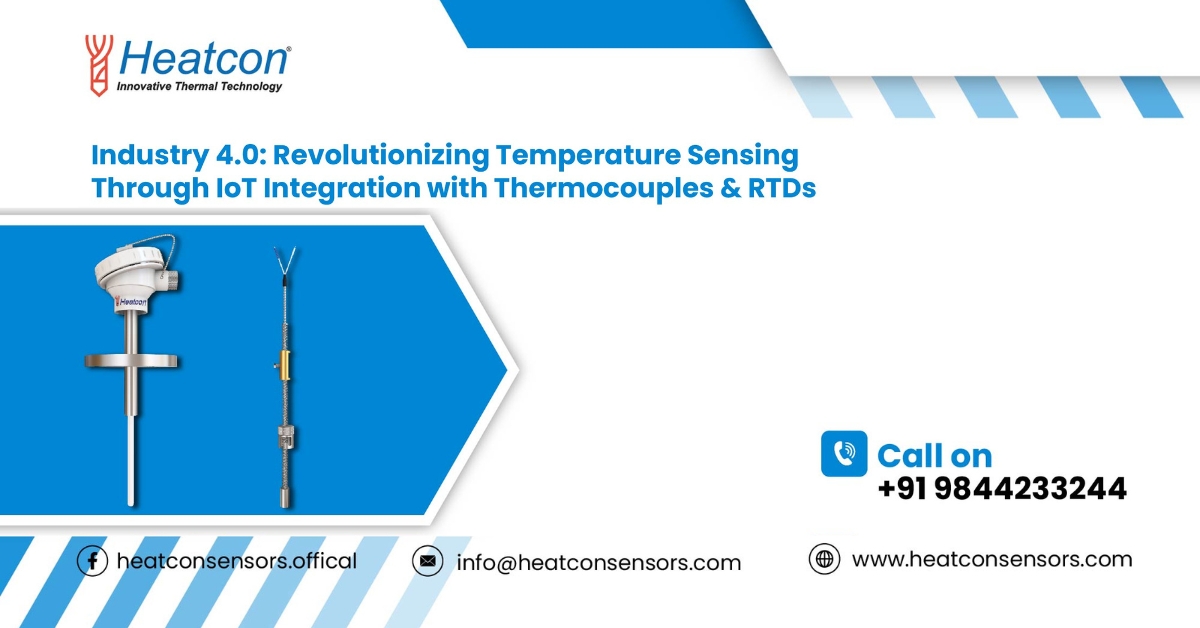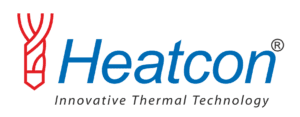IoT Integration with Thermocouples & RTDs
In the present-day era of rapid technological advancements, Industry 4.0 is standing at the vanguard, reshaping conventional manufacturing processes, and revolutionizing a myriad of industrial segments. One of the significant areas that have witnessed a considerable transformation is the temperature sensing sector, which has been revolutionised with the integration of IoT (Internet of Things) technologies with thermocouples & RTDs (Resistance-Temperature-Detectors).
Temperature Monitoring & Control
Temperature monitoring & control tend to be quite crucial in a gamut of industries, including the manufacturing sector, the healthcare segment, food processing, as well as the automotive industry. Traditionally, thermocouples & RTDs used to be the primary sensors that were being used for temperature measurements owing to their accuracy & reliability. But, with the advent of Industry 4.0, a new era of smart temperature sensing has ushered in, leveraging IoT connectivity to increase productivity, efficiency, as well as decision-making processes.
Transforming Temperature Sensing Through IoT Integration with Thermocouples & RTDs
- IoT integration with thermocouples & RTDs tends to allow for real-time temperature monitoring along with remote access to temperature data from anywhere around the globe. Such connectivity tends to enable predictive maintenance, which ensures timely interventions that help prevent equipment failures & production downtime. By continuously collecting & analysing temperature data, most manufacturers can identify patterns, and thus predict potential issues to optimize processes for improved performances & increased energy efficiency.
- Also, IoT-enabled temperature sensing tends to facilitate seamless integration with several other smart devices & systems within the industrial ecosystems. For example, temperature data could be integrated with AI (Artificial Intelligence) algorithms for optimizing heating/cooling processes, thus reducing energy consumption & operational costs. Moreover, this tends to enable automated workflows, where temperature fluctuations tend to trigger predefined actions, like adjusting parameters or sending alerts to those people who look at the maintenance work.
- Additionally, IoT integration with thermocouples & RTDs enhances data visibility & transparency across the supply chains, thus fostering better collaboration & much-informed decision-making. Suppliers, manufacturers, as well as distributors can access their real-time temperature information, which ensures product quality & compliance with most of the regulatory standards. In different sectors including pharmaceuticals & food processing etc, where temperature control holds crucial importance for product integrity & safety, such IoT-enabled temperature sensing tends to provide unparalleled reliability & traceability.
Benefits
There are several benefits of Industry 4.0-driven temperature sensing, which extend beyond just operational efficiencies to customer satisfaction & competitive advantages. This guarantees consistent quality of products through accurate & precise temperature control. By this, manufacturers can enhance their brand reputation. Thus, they can generate better customer trust. Also, real-time temperature measurements enable proactive measures for addressing any deviations. Thus, they can reduce the risks of product recalls & associated financial losses.
Conclusively, Industry 4.0 has been transforming temperature measuring by IoT integration with thermocouples & RTDs. Such a revolutionary approach helps in enhancing operational efficiency & productivity. This also helps in enabling proactive maintenance, enhanced quality of products, and better customer satisfaction. As industries continue to adopt digitalization, IoT-enabled temperature measurements hold great importance. They help in shaping the future of the manufacturing industry & industrial processes. Procure the finest range of such sensors from the house of Heatcon Sensors!


